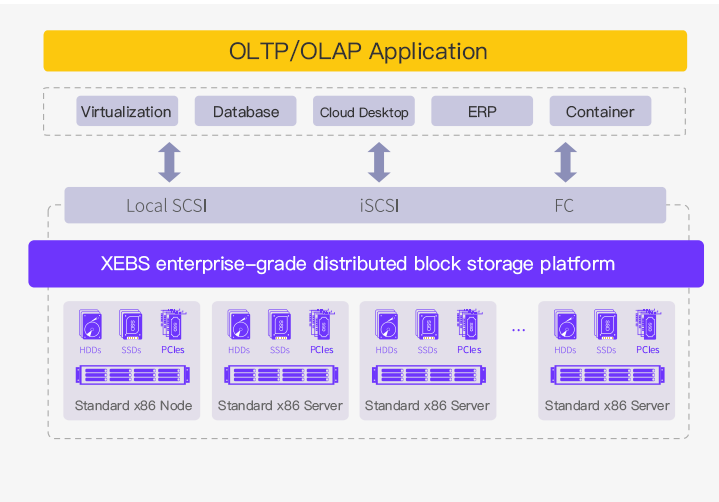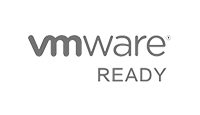Hot search
XEDP® Unified Data Platform
XEOS® Object Storage
天合翔宇®
En
- 中国大陆/中文
- Global/English
Inquries
-
ProductsPrimary StorageUnstructured StorageConverged ComputingPrimary StorageUnstructured Storage
-
Technology
- About












